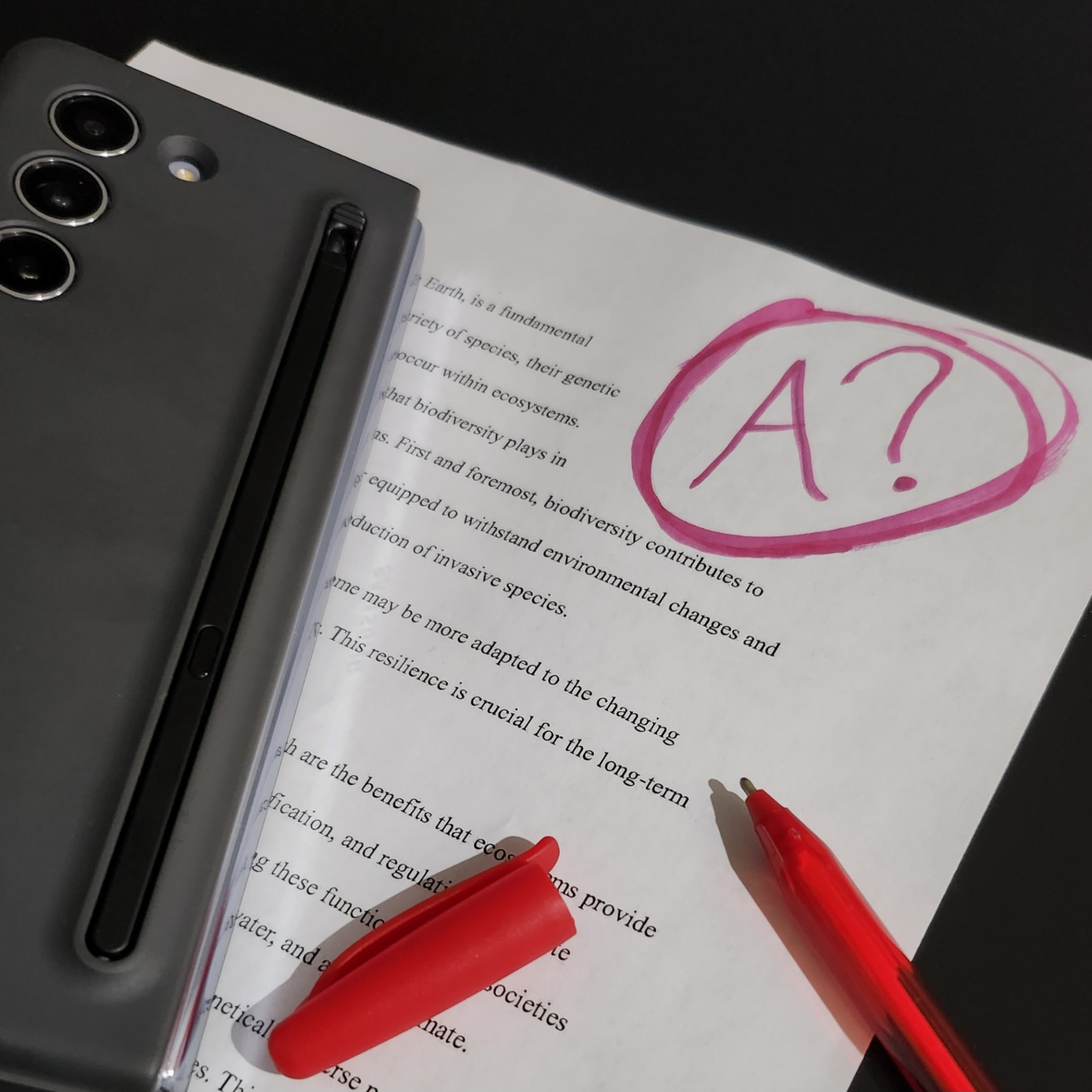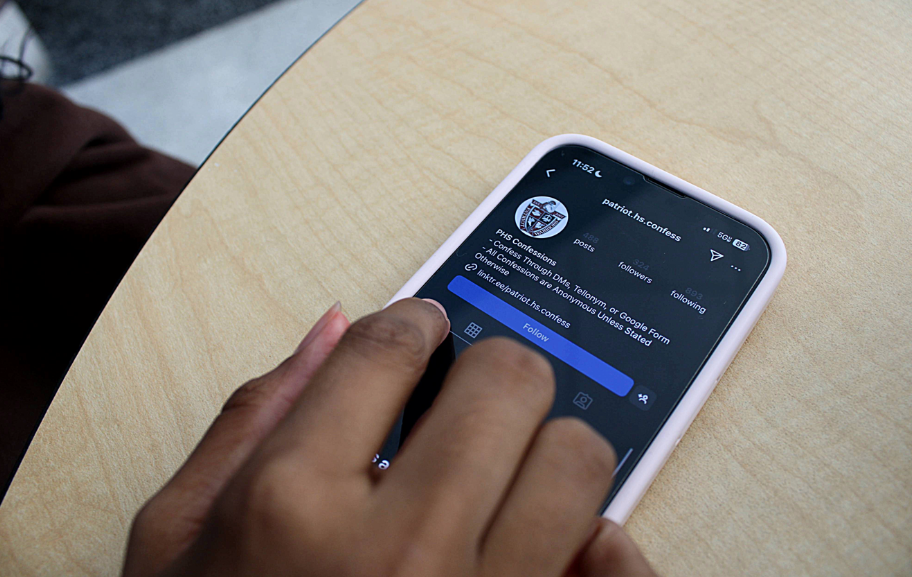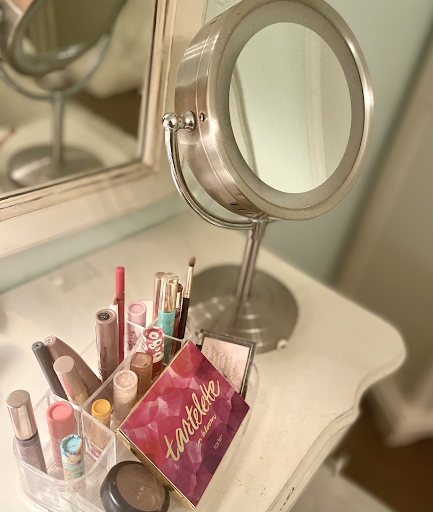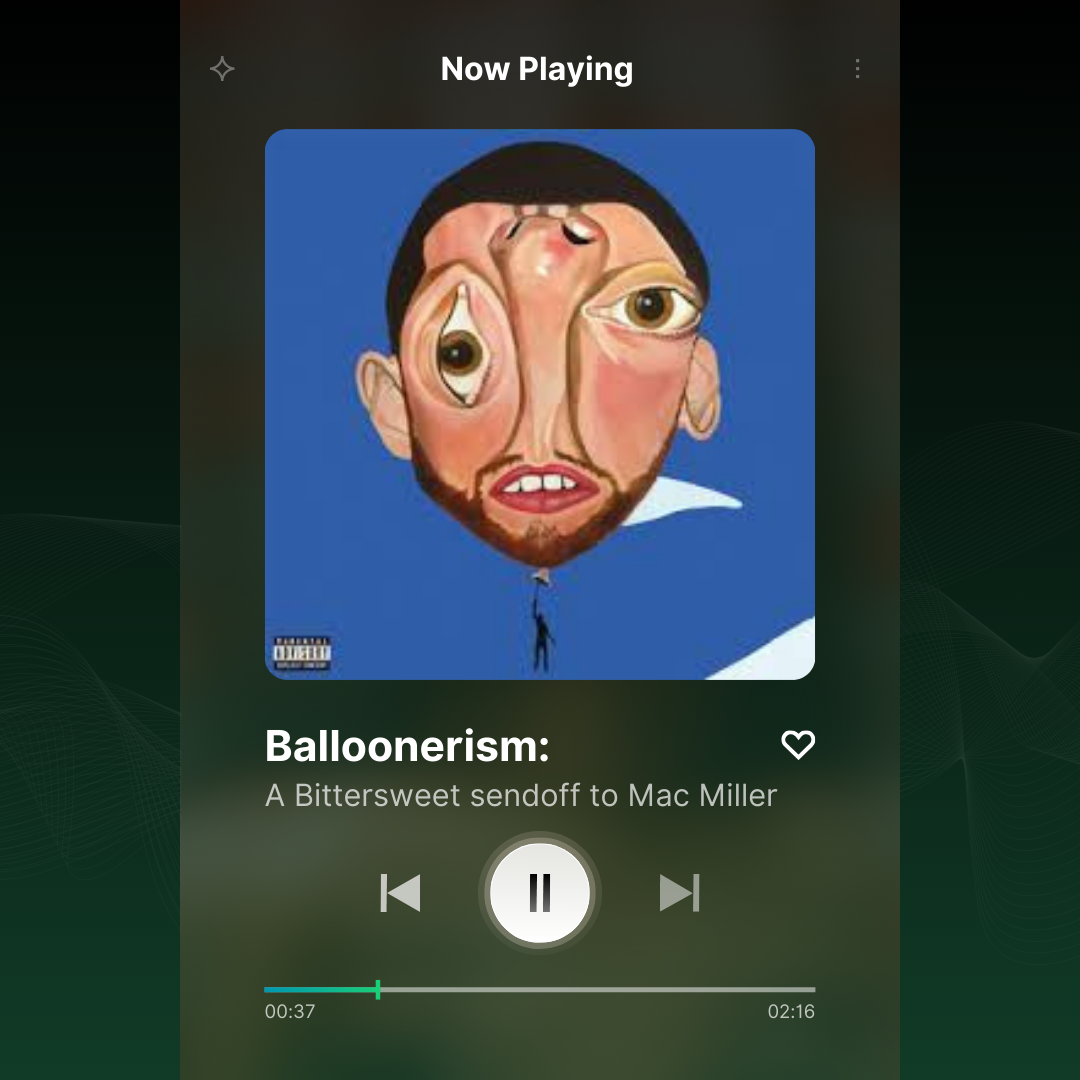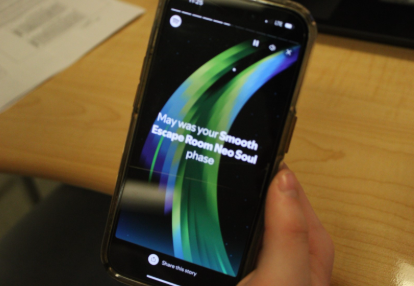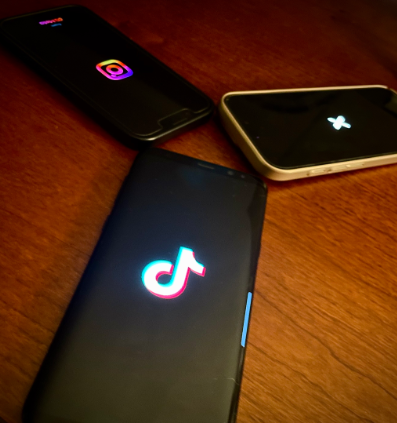In a previous article of mine, we explored whether phones had a meaningful impact on student learning in the classroom. Now, we’ll ask the question—how do phones impact students outside of the classroom?
After we gathered our data for the initial article, it became apparent that we had a pretty big problem. We collected our data and polled students toward the beginning of the school year. Classes had started less than two months ago and everyone was still getting the hang of the new schedule. Most of our metrics were slightly skewed because students hadn’t been in school long enough, nor were there enough major assignments to really determine whether phones had a measurable impact on student achievement.
It’s no secret that students are obsessed with their phones. Over 95% of teens in America have one—and it’s become a growing problem for schools across the country. Government officials and school board members in NoVa counties such as Prince William County are in favor of implementing restrictions on phone usage in the classroom just like Patriot High School has.
Around 90% of principals polled nationwide have supported restricting phone use in the classroom and 80% say that phones have a negative effect on student’s performance.
Despite this, phones may have a saving grace. During the pandemic and the nightmare that was virtual school, many districts reported improved student engagement with 33% saying that the technology helped students, as well as an additional 68% saying that it improved student’s critical and creative thinking.
I know a bunch of statistics were just thrown at you, but all of these facts cover only the academic side of student’s phone usage—what about their personal lives? During Patriot High School’s past “Social Media Awareness Week,” students were asked about their social media usage and habits, and their responses may surprise you.
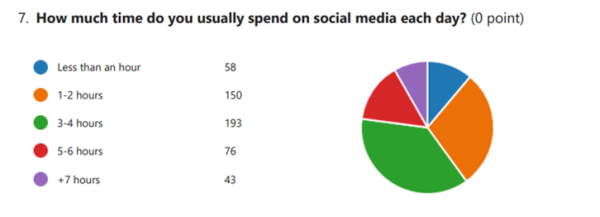
Coming as a shock to absolutely no one, a majority of students exceed the CDC’s daily recommended screen-on time by a long shot. It’s recommended that children ages 12-17 get about one hour of physical activity each day and limit their total screen time for the entire day to about one or two hours. Suffice it to say, I don’t think many of us are keen to drop everything and do some yard work like the CDC suggested in their recent infographic on the matter.
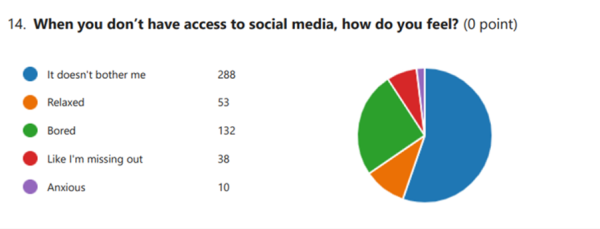
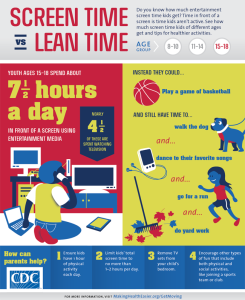
It seems like students, and teenagers in general, aren’t going playing or being physically outside simply because it isn’t fun. Although a majority of students indicated that they felt indifferent when they don’t have access to social media, a sizeable number of students feel “disconnected” when they aren’t able to use social media.
It’s understandable that doing yard work or walking the dog may not stimulate your brain’s dopamine receptors in quite the same way that scrolling through Instagram or TikTok does, but it goes much deeper than that.
Apps such as YouTube, TikTok, Instagram, Snapchat and more use targeted algorithms and AI to keep you glued to their platform. YouTube’s video recommendation algorithm, for example, is specifically tasked with trying to keep you on their site for the longest amount of time so they can gather that sweet sweet ad revenue. CGP Grey explains in a video how AIs such as Chat GPT-3, Google’s Bard, and Microsoft’s Sydney Large Language Models (LLMs) learn how to execute complex tasks. These algorithms and AIs are part of the reason why people are seemingly addicted to social media.
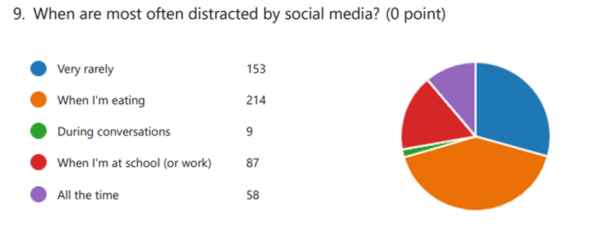
This attachment to social media goes on to impact every instance of our day-to-day lives. I, and many others around me, tend to be the most distracted by social media when we’re eating. Whether that’s watching the latest sports highlights on YouTube, scrolling through TikTok or Instagram reels, or just watching the world burn on X (Twitter), social media has become inseparable from our daily lives.
Too often we find ourselves spending hours finding the best show or video to watch while we eat, only to realize that the food we prepared is missing from our plate and we don’t even remember eating it! It has become evident that many of us have become so absorbed in our devices that we lose track of our surroundings and the present moment.
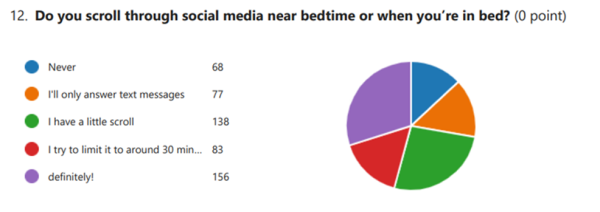
Doom scrolling: The act of losing track of time while endlessly scrolling through the depths of social media. It happens to a lot of us. Picture this, it’s late at night and you’re just about to hit the hay, you pick up your phone and say to yourself I won’t be long. You check the time, it’s now 3:47 am and you’ve watched 280 shorts about “epic construction fails” and “AI generated Reddit AMA stories.”
Seeing as teens are among the largest age demographic for social media, it’s not too much of a stretch to say that we’re also the most likely demographic to doom scroll. According to the polled data, a whopping 72% of students report that they scroll, to some degree, before they sleep. In a previous interview, Randi Warren, an AP Psychology and AP Law teacher at Patriot High School said,
“[The negative side of phones] is the fact it keeps you guys up too late at night because you’re enjoying it so much.”
She further explained her point by comparing phones to Vegas slot machines in terms of their addictiveness. I made this point in the first article and I’ll make it again. When your phone is being compared to the world’s most addictive industry in the world, something is majorly off. It’s odd to think of something so ubiquitous and something that we use in our everyday lives as addicting. It feels like that’s just how it is. With this in mind, it’s important to be mindful of how much of an impact social media can have on our lives.
Looking back, even just a decade ago, social media wasn’t as big as it is today. Students are struggling with the social and academic pressures of social media that have never really been seen before. As new technology arises and the ever-deepening well of content that is social media grows, students and adults alike need to adapt and mold to the demands of an increasingly tech-filled world in a safe and productive manner.
Ultimately, it’s all up to us. We have every right to enjoy social media to the fullest, but it’s just as important that we remember our mental health and wellbeing should come above all. We should be aware of the negative and potentially harmful side effects of prolonged social media usage, but we should also act as a force of “good” striving to enrich our daily lives with the safe, yet fun and productive use of the social medias we hold so dear.


